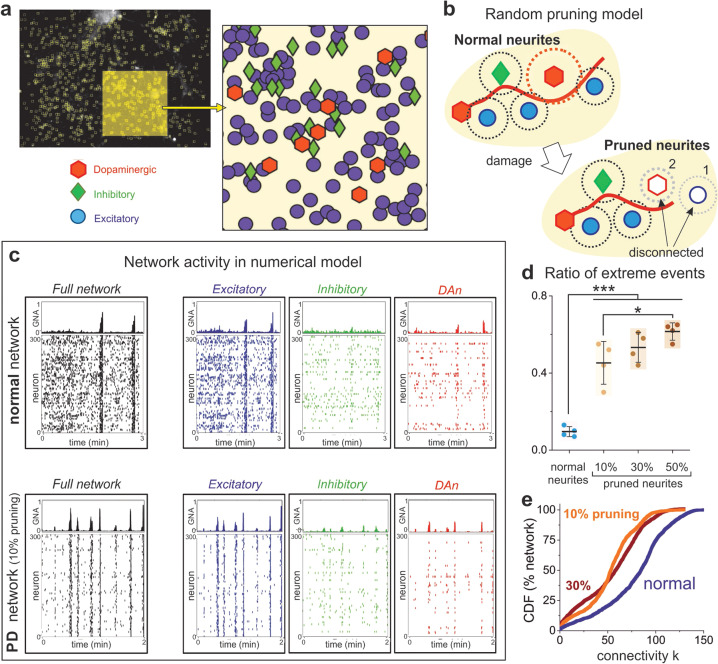Fig. 5. Numerical simulations of normal and PD networks.
a Representative CTR culture at day 80, used as a reference for the spatial allocation of neurons in the numerical model. The enlarged area depicts a detail of the neuronal spatial arrangement. 300 neurons are used in the simulation, and are randomly assigned as dopaminergic (DA, red, 25% of network), inhibitory (green, 20%), and excitatory (blue, 55%). b Random pruning algorithm, in which PD damage is simulated by a shortening of either axons (red curve) or dendritic arbor (dotted red circle) in DA neurons (red hexagons). In the sketch, normal connectivity is established when the dendritic arbor of any neuron (dotted circles) intersects an axon. Neurite pruning disconnects neurons either because of axonal shortening (neuron #1) or dendritic loss (neuron #2) in DAn. c Raster plots of simulated normal and PD networks, with the latter corresponding to an axonal pruning on 10% of DA neurons, each one losing about 80% of connections. In the raster plots, the left panels show the dynamics of the entire network, whereas the right panels show the dynamics in each subpopulation. All raster plots range from 0 to 300, but the number of active neurons in each plot vary according to the population monitored. PD simulations show a markedly synchronous behavior of the excitatory population that translates onto the entire network. d Ratio of extreme events for different percentages of pruned DAn subpopulation, showing that the presence of extreme bursting events increases as network affectation progresses. The colored boxes are a guide to visualize the distributions, which show the mean ± SD and the individual realizations (dots). The number of individual simulations is n = 4 for each condition. ***p < 0.001; *p < 0.05 (ANOVA with multiple comparison analysis). e Cumulative distribution of functional connections (CDF) for two PD networks (at 10 and 30% pruning) and a normal, non-pruned network. The distributions show the same trend as in the experiments, with PD departing from normal toward a low degree functional connectivity scenario.

